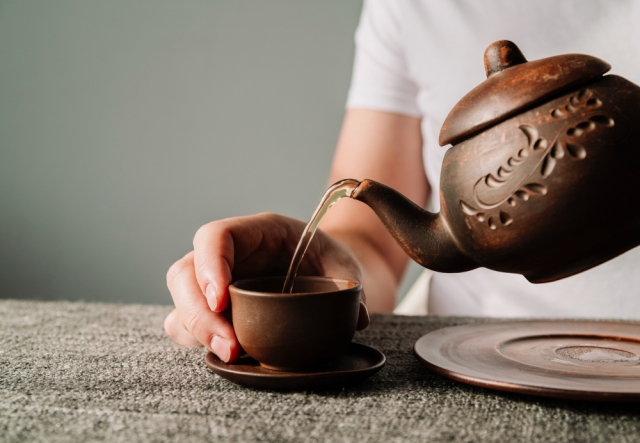In the ever-expanding world of fine teas, few varieties inspire the same intrigue and reverence as Puerh tea. With roots stretching back over a thousand years in Yunnan, China, Puerh is more than just a beverage—it's a tradition, a culture, and a sensory journey. But what exactly sets some Puerh teas apart from the rest? Let's explore the key elements that make certain Puerh teas truly exceptional.
Aged to Perfection
One of the most distinctive characteristics of Puerh tea is its ability to improve with age. Unlike most teas that are best consumed fresh, high-quality Puerh matures over time, developing deeper, more complex flavors. Some of the most prized Puerh teas have been aged for decades, taking on rich earthy tones, smooth textures, and a mellow finish that aficionados compare to fine wine or aged whisky. This aging potential elevates certain Puerh teas into the realm of collectibles and connoisseur treasures. For those looking to explore exceptional Puerh teas, PuerhCraft at puerhcraft.com offers a curated selection showcasing this remarkable brew's artistry and complexity.
The Art of Fermentation
Puerh has two main types: Sheng (raw) and Shou (ripe). Sheng Puerh undergoes a slow, natural fermentation that can continue for years, gradually transforming its character. On the other hand, Shou Puerh is fermented more quickly through a controlled "wet piling" process. While both styles have their own appeal, exceptional teas in either category often come down to the skill and precision behind their fermentation. It's this craftsmanship that can make one Puerh tea stand out with a smoother body, cleaner finish, or more distinct aroma than others.
The Terroir Factor
As with wine, terroir plays a significant role in Puerh tea. The final taste is influenced by the elevation, soil quality, rainfall, and surrounding flora of a particular tea-growing region. Certain mountainous areas in Yunnan, such as Yiwu, Lincang, and Jingmai, are renowned for producing teas with unique flavor profiles—floral, fruity, spicy, or woody. Some of the most sought-after Puerh teas come from ancient tea trees in remote, high-altitude forests, where the leaves are infused with character from their environment.
Traditional Processing Methods
Another reason some Puerh teas rise above the rest lies in the methods used to produce them. Teas handpicked from wild or semi-wild trees and processed using traditional sun-drying and stone-pressing techniques often yield a more vibrant, full-bodied brew. Mass-produced alternatives may lack the depth and integrity that define truly fine Puerh. Experienced tea masters often oversee the entire process, ensuring consistency and quality that can't be replicated in industrial production.
A Journey in Every Cup
Drinking Puerh is not just about taste—it's about experience. The best Puerh teas invite the drinker to slow down and savor, often evolving through multiple steepings. Every cup offers a story, from the earthy aroma to the lingering aftertaste. This immersive quality, this sense of narrative in flavor, makes certain Puerh teas stand out—and keeps tea lovers returning to explore more.






